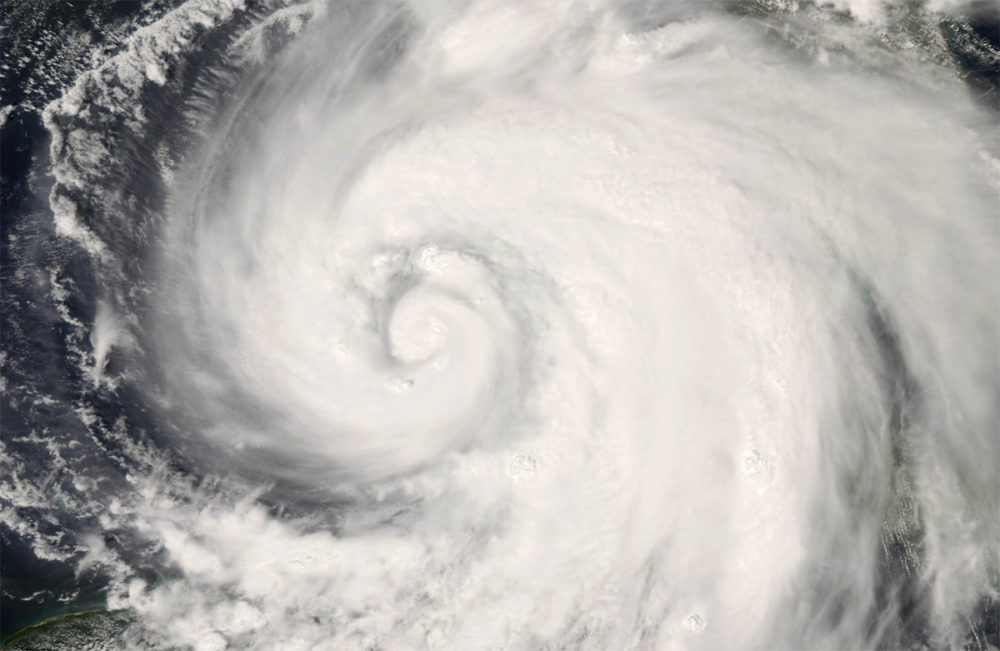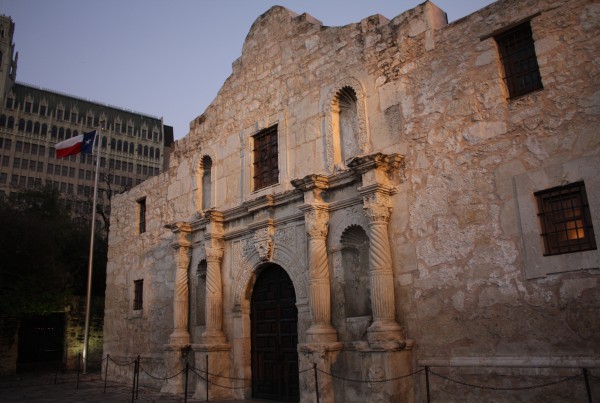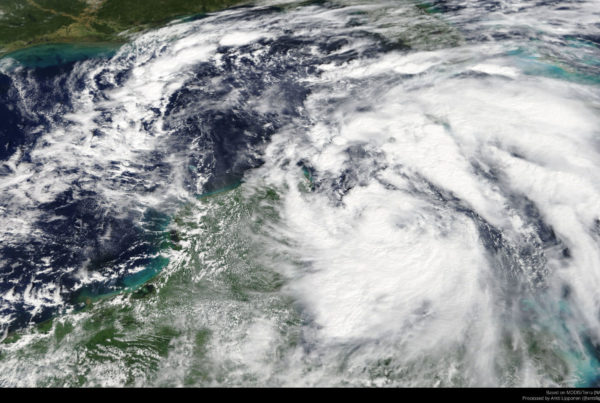From Houston Public Media:
Every time Houston recovers after a flood, the topic of future mitigation projects dominates the news and local conversation, at least for a little while. Houston Public Media has reported on several plans — from protecting wetlands to installing massive water channels underneath I-10. It seems like everyone is always talking about what we could do. After Harvey, many are hoping all that talk will finally result in action.
“We’ve had this kind of crazy policy in the United States of recovery, which is a policy of failure if you think about it,” says Dr. Bill Merrell at Texas A&M University Galveston. “‘We’re gonna fail to protect you, so we’re gonna help you recover.’ Well hell, protect me.”
In 2008, Merrell watched Hurricane Ike from the Galveston Strand.
“I looked out at my wife and said ‘The Dutch would’ve never put up with this,’” he said.
Merrell immediately thought of the Dutch because they have a lot of flooding risks similar to Texas, and they have developed a system of seawalls to protect themselves.
That’s how Merrell came up with the idea for a “coastal spine,” also known as the ‘Ike Dike,’ and he has spent the last nine years planning it. The project is not cheap — it would cost just under $15 billion to complete what is essentially just a wall with a few gates. So the idea has taken a while to gain momentum. But after Harvey, Merrell’s big idea is beginning to look a little closer to reality.
“We need to stop talking, and quite frankly we need to start designing and building,” said Houston Mayor Sylvester Turner as he gave his support for the “coastal spine” at a recent press conference. Turner has been pushing hard for the project since Harvey hit and he hopes to tap federal funds. He’s not the only one.
Texas Land Commissioner George P. Bush brought up the idea during the last state legislative session, but it didn’t go anywhere. In August, Bush requested the $15 billion in a letter to President Donald Trump. Several dozen towns and community organizations signed that letter.
$15 billion is a lot of money, but advocates say a direct hit from a hurricane could cost much, much more. Without the spine, a flood could cause the price of gas to skyrocket and shut down most of the military’s supply of fuel. A flood would shut down — at least temporarily — the Houston Ship Channel, which generates hundreds of billions of dollars in trade each year.
But Merrell says the coastal spine isn’t the end-all-be-all solution to flooding in the region. The Coastal Spine would only protect from storm surge, not the freshwater runoff that drains out of Houston’s bayous.
“There are solutions to freshwater that need to be looked at, obviously,” said Merrell. “In combination you want to prevent either type of flooding as best you can.”
Because the spine would block much of the bay from the Gulf of Mexico, it could disrupt the ratio of saltwater to freshwater. More freshwater from rainfall runoff could throw the Bay’s ecosystem off balance.
Bob Stokes is the president of the Galveston Bay Foundation. He says the research on what the project would do to marine life in the area is not yet complete. It’s up to the Army Corp of Engineers to do those studies before the spine is built.
But even with its potential flaws, Bill Merrell still hopes to see the project completed.
“There are solutions,” Merrell said. “They’re not easy, they’re not cheap, but there are solutions. I think in the long run, we’re better off protecting our economy, our homeowners, the lives of our citizens.”
The ‘coastal spine’ is estimated to take four to five years to complete. That’s if someone can find the fifteen billion dollars, of course.
















